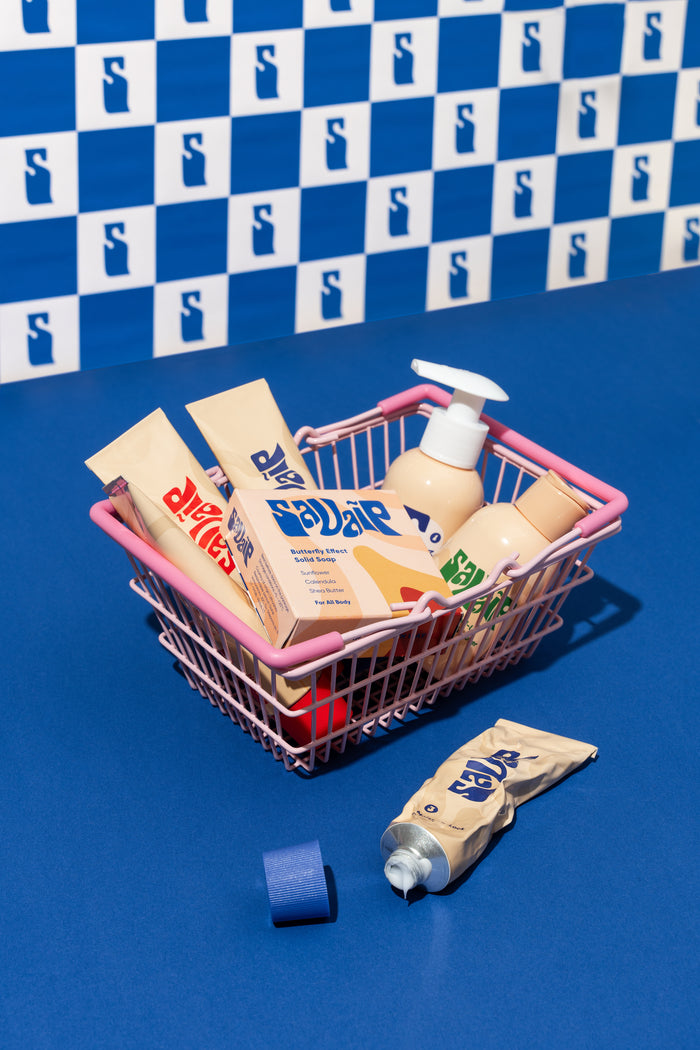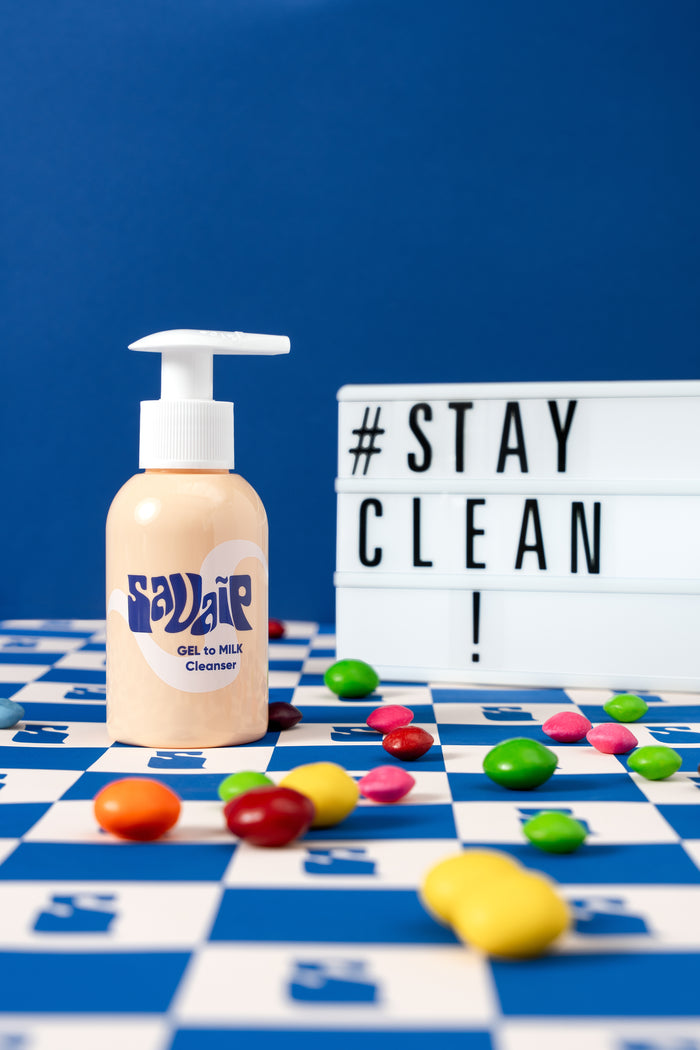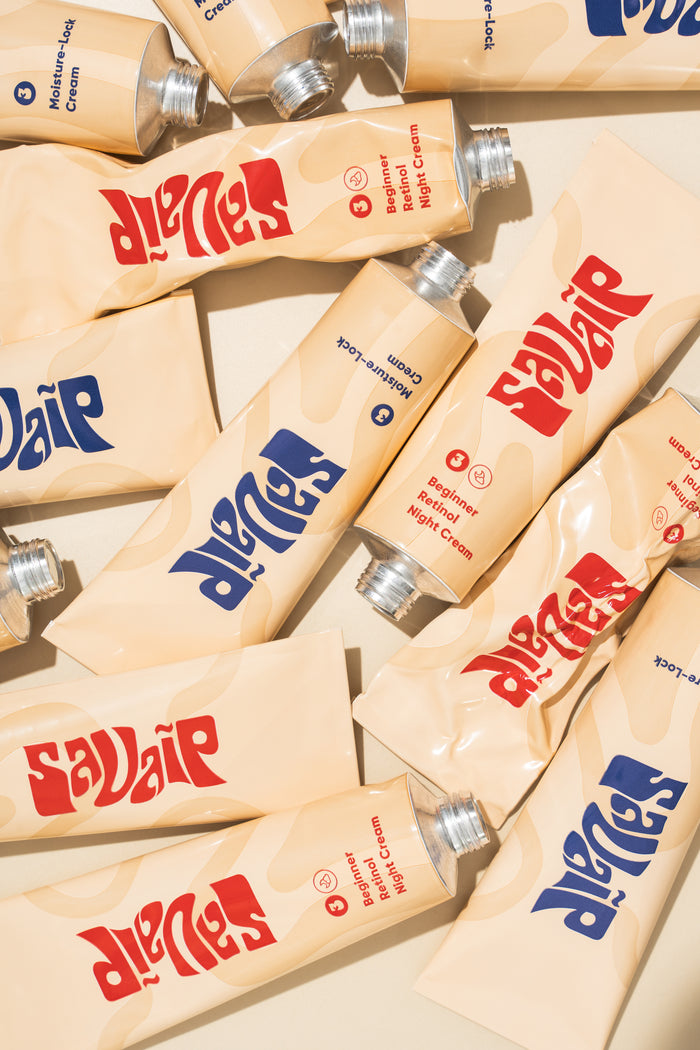You know that feeling when the air turns crisp and your skin suddenly feels… tighter? You’re not imagining it. The link between weather and skin health is significant, and understanding these changes is key to keeping your skin glowing all year round.
So, let’s break down what’s really happening and what you can do to protect and nourish your skin through the seasons.SeasonalSkinTips
1. The Science Behind Weather and Skin Health
As temperatures drop, humidity levels fall, and indoor heating kicks in, your skin loses moisture faster than it can replace it. Consequently, this can weaken your skin barrier, leading to dryness, redness, and sensitivity. Even oily or combination skin types aren’t immune; cold weather can make oil glands overcompensate, causing breakouts.
In short: Less humidity = less hydration = more stress for your skin.
Learn more about why hydration still matters even when it’s cold “Water and skin health: importance of hydration – SavaipSkin”
2. Fall Skincare: The Prep Season for Your Skin's Health
Autumn is your skin’s warning bell. Cooler air starts pulling moisture away, so it’s time to strengthen your barrier.
- Switch to a gentle cleanser that won’t strip away natural oils, like our Gel-to-Milk Cleanser.
- Add hydrating layers like serums or creams rich in ceramides and oat extract.
- Exfoliate mildly to remove dead skin so products absorb better.
Essentially, fall skincare is all about preparation; think of it as training your skin for the harsh winter ahead.
3. Winter Skincare: The Deep Nourishment Phase
Winter air is dry, cold, and often brutal on exposed skin. It doesn’t just make your cheeks rosy; it can make them rough, flaky, and irritated. In fact, this is a critical time for weather and skin health.
- Use rich moisturizers with ingredients like ceramide NP, hyaluronic acid, and shea butter.
- Keep showers short and lukewarm to avoid stripping oils.
- Always apply moisturizer within 30 seconds of washing your face to seal in hydration.
- Don’t skip sunscreen; UV rays still reach you in winter!
Savaip’s calming, barrier-supporting formulas can help lock in moisture while keeping sensitive skin balanced.
4. Managing Sensitive Skin in Cold Weather
If your skin reacts more during seasonal transitions, that’s completely normal. Cold air and wind increase trans-epidermal water loss, and sensitive skin feels it first. Therefore, look for fragrance-free, non-comedogenic, and soothing ingredients, like oat extract or lavender, both known for their calming benefits.
Explore our post on Oat Extract: Gentle But Seriously Powerful for Sensitive Skin.
5. Your Skincare Ritual and Its Impact on Skin Health
Transitioning seasons are a chance to reconnect with your skin. Turn your routine into a ritual; apply your skincare mindfully, feel the texture, and notice what your skin loves most. Because at Savaip, we believe glowing skin isn’t just about products; it’s about care, consistency, and confidence.
Final Thoughts on Weather and Skin Health
From the crisp winds of fall to the frosty air of winter, your skin deserves steady, nurturing attention. Adjust your routine, embrace barrier-loving ingredients, and keep that natural glow alive no matter what the weather brings.
For deeper reading, link to credible dermatology sources such as:
- American Academy of Dermatology: Winter Skin Tips
- Harvard Health: How Weather Affects Your Skin









